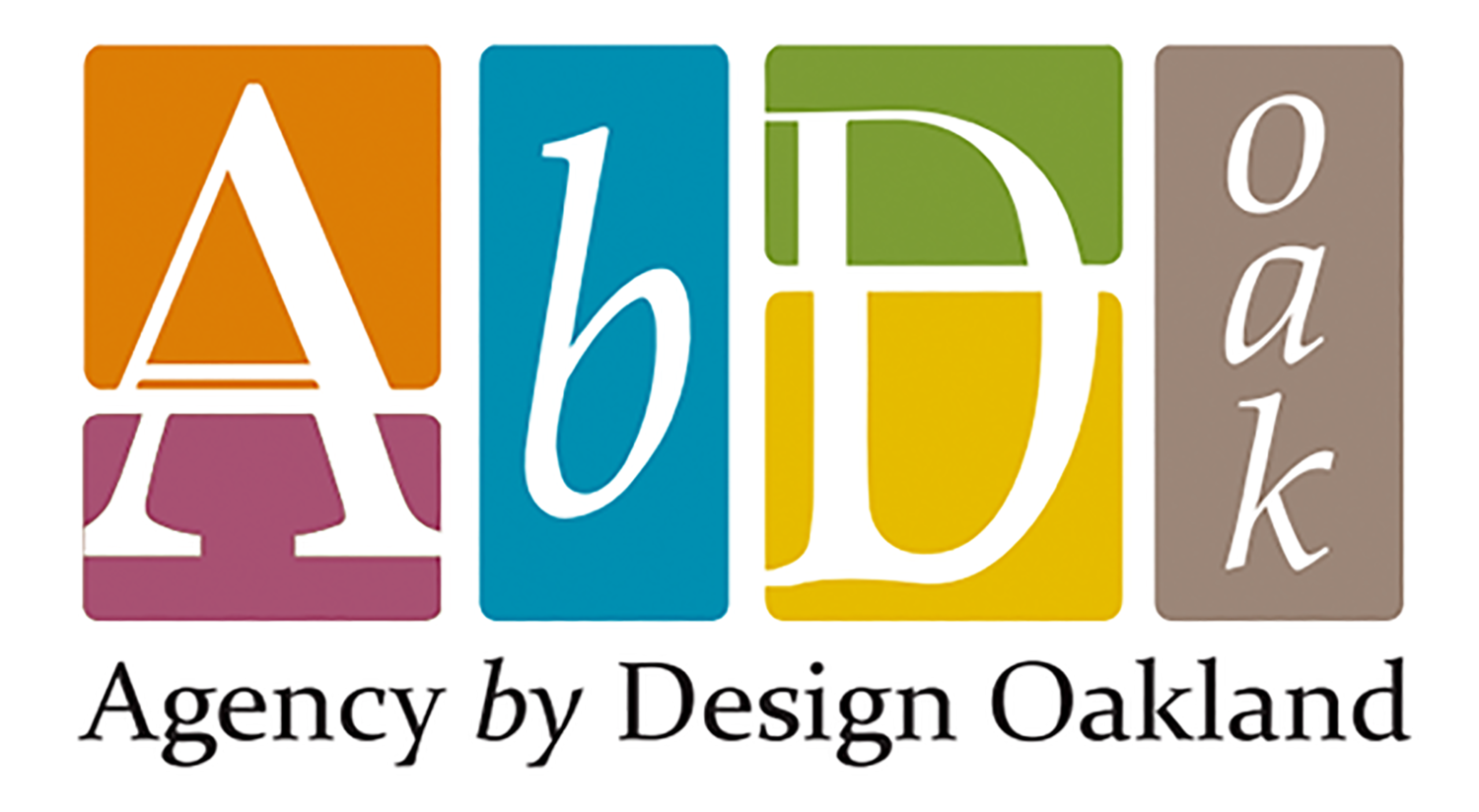Image: Teachers in the 2018-19 fellowship created a natural collaborative mandala following the OUSD school strike. Collective art making is an act of reflection. More info in "Connections" below.
Dear Principals, School Leaders, & Teachers,
We are all being bombarded with endless resources on how to set up the perfect distance learning environment. But before you commit to a long-term solution, pause and ask yourself: Am I rushing to throw resources online for the sake of providing something? Am I developing empathy along the way? Am I building a clear vision and path forward? Particularly in such a fraught moment, this pervasive urgency we're all feeling can introduce decision making that leads to students being unintentionally harmed—alienated, left out, needs unmet—exactly the opposite of what we're striving for in our practice.
Right now it’s time to pause, take care of yourself and family, do wellness checks on students, and then, collectively consider the guiding design principles that need to be communicated to colleagues. What needs to be true as you move forward into this work? What guiding principles will you use to make decisions about where to put resources?
We may not yet know the destination of where our learners are headed and what this new world will ask of us, but we can put forth design principles—a.k.a. truths, values, or mission statements—which teams can keep in mind and use to guide their distance learning designs. The Heath brothers, in the book “Switch: How to Change When Change is Hard,” calls this “scripting the critical moves.”
For example, without direction in this new context, a teacher might choose to invite their students to online Zoom lectures, or expect their learners to watch multiple hours of recorded video. But, if you provided a design principle that stated,
“Online learning looks like mostly offline learning,”
then teachers will interpret their job differently, and design prompts that ask students to engage in offline activities.
Or, if you don’t specifically call out equity, then some of your teachers may only interact with the learners that are responding to emails and video conferences. But imagine you clearly communicated:
“Spend most of your time creatively engaging the students with the most needs.”
In this scenario, teachers will first have to ask themselves who are their most marginalized students (you might consider supporting them on this front). This might then mean getting on the phone, sending text messages, mailing snail mail, etc. Imagine the innovative solutions that will be discovered and can be replicated!
Or, lastly, some of your colleagues have undoubtedly already created a Youtube channel, mailed home worksheet packets an inch deep, or emailed a chaotic Google doc of assignments. But, what if you messaged to them,
“Relationships and connection are the only objective right now.”
If a learner had a fraught in-person relationship with their teacher, there’s no way they are going out of their way to watch the online vocab videos. Relationships matter now more than ever. And furthermore, racial, economic, and class differences are highlighted in this context. What would a distance learning curriculum look like that put care and connection at the center? What would be possible if first, teachers focused on building students’ trust and well being?
You surely have your own design principles to put forth beyond these examples, things that have been weighing on your mind. During this pivotal moment, take out your pencil and paper and draft up some critical moves, then send them to your team and get their feedback.
In this spirit, Agency by Design Oakland has drafted some critical moves for our organization over the coming weeks. Here’s our prototype:
Connections
Please pause to remember: urgency is a facet of white supremacy. Without developing empathy and building a clear vision and path forward, students could be unintentionally harmed. To reflect more on how your response to the new context may be upholding characteristics of white supremacy, please read “white supremacy culture” by Tema Okun.
“Switch: How to Change When Change is Hard,” proposes a three-part framework, to “Direct the Rider,” which includes scripting the critical moves, “Motivate the Elephant,” and “Create the Path.”
Agency by Design thinking routines may be of service in making your thinking visible: What are the Parts, who are the People, and what are the Interactions that make up the system you're designing? Check out the Parts People Interactions thinking routine. Secondly, what do students and their families Think, Feel, and Care about? Design for that!
Mindful Mandala Making is a restorative arts-integrated practice we learned from Jessa Brie Moreno of Studio Pathways, who learned it from Dr. Monique LeSarre of Rafiki Wellness and the California Institute of Integral Studies. Read more here about how we've used it in our teacher fellowship.
Looking for support? Studio Pathways is actively working with teachers and administrators to put systems and practices in place for healing-informed teaching and learning during this moment of uncertainty. They are prepping for the likelihood that many students and teachers will return with enduring trauma of having gone through the coronavirus illness, grieving a loved one, or having their lives completely upended economically as families and communities suffer losses. Though they are not therapists, they are leaders in the field of creating conditions for healing informed, culturally responsive teaching and learning through the arts. Please contact Mariah Landers at mariah@studiopathways.org for more information.
Please consider donating to support Oakland students & families during this emergency.
"I volunteered today at Castlemont High School where we gave out food to 1,300 people. There are so many hungry people. There was only enough fresh food for one hour."
An AbD Oakland Teacher Fellow reported on Thursday

























